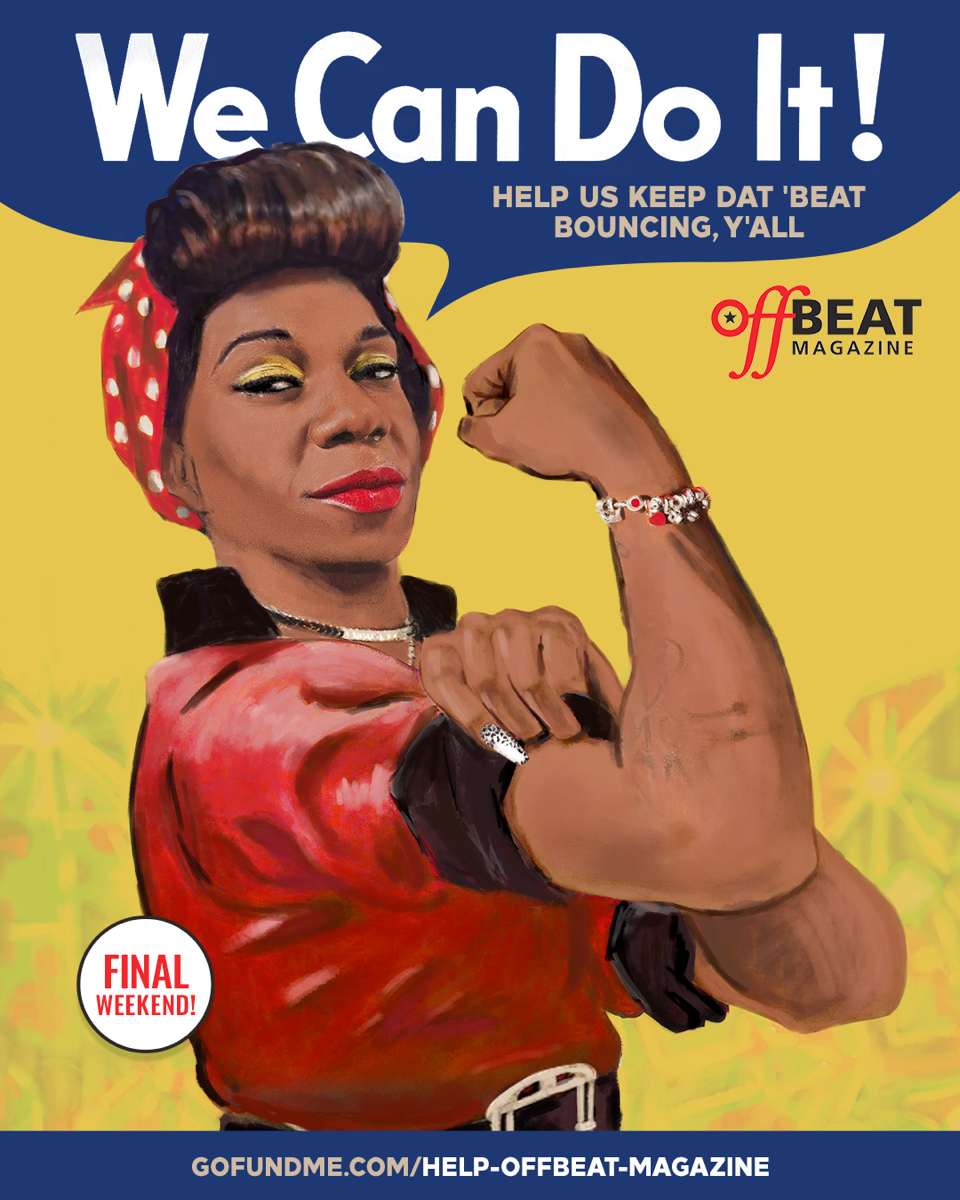 |
Rock music’s formal culture has always been defined by recordings, the manifestation of its historic standing in the worlds of fashion and kinetic art. But rock’s myth, from the forbidden gyrations of Elvis to the gnostic experience of the club dance floor and the festival cow pasture, is built into the personal experience of live performance. The excitement of that transaction, though, has been notoriously difficult to document. Early live rock recordings were universally awful. The genre is defined by a handful of breakthrough live albums from the late 1960s and early ’70s, when rock translated itself from a medium defined by the three minute single to the eight minute album track, from AM to FM radio, from 45 rpm seven inchers to 33 1/3 rpm long players. Cream’s Wheels of Fire, the Grateful Dead’s Live/Dead, The Who’s Live at Leeds and the Allman Brothers’ Live at Fillmore East are the benchmark live records are still judged against. It’s worth noting that the original issues of all of these records were compiled or edited.
Today rock fans often eschew the latest studio release in favor of the live concert download and a fast growing branch of the industry sells live recordings at the events themselves; witness the live download tent at Jazz Fest. Only a few years ago, people debated whether jam bands were appropriate to the Jazz Fest ethos; today Jazz Fest wouldn’t exist without them. The tent that sells recorded sets from the festival is giving the on-site conventional record store a run for its money. One could theoretically “attend” Jazz Fest simply by purchasing the performances they wanted to hear.
In this context it makes perfect sense for Brian Stoltz to release Up All Night, a two disc live performance taken from a pair of shows at Alligator Alley in Florida. Stoltz leaves no aspect of his star-studded career untouched as he evidences his history with the funky Meters, Bob Dylan, Dr. John and Porter, Batiste and Stoltz along with his own solo work. The problem is that Stoltz is preaching to the converted, which is fine when you’re providing downloads to fans but problematic when you’re trying to show others why they should care.
Though he’s a great guitarist, the set becomes an endurance test for all but the most dedicated listener, particularly because things don’t really take off until disc two, when his interesting arrangements of songs by Dylan, Dr. John and others take center stage. His own material came across better on the studio disc than it does here. I’m sure these were exciting shows to attend, as Stoltz plays chorus after chorus of well-turned guitar passages. Unfortunately that excitement is lost in translation.



